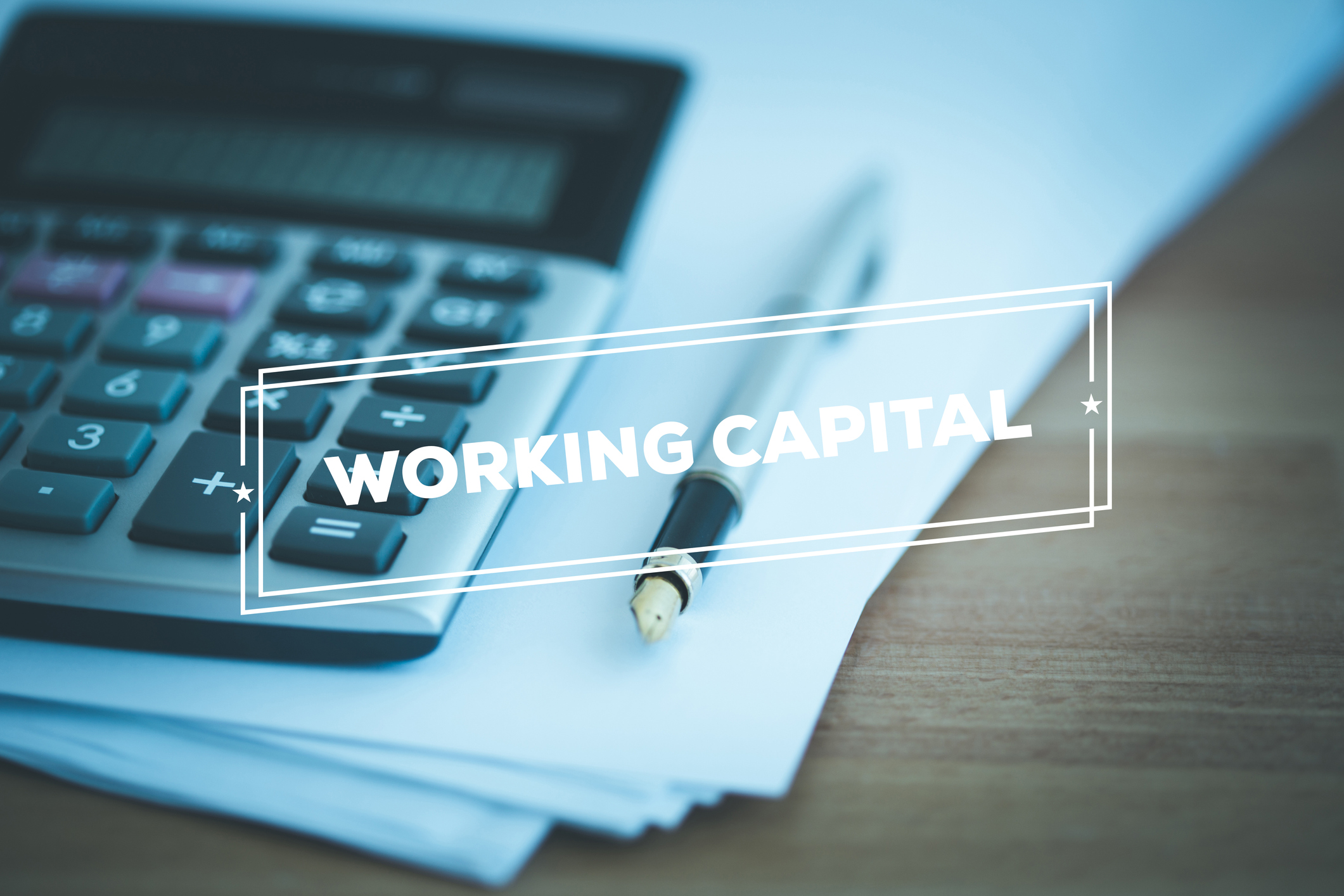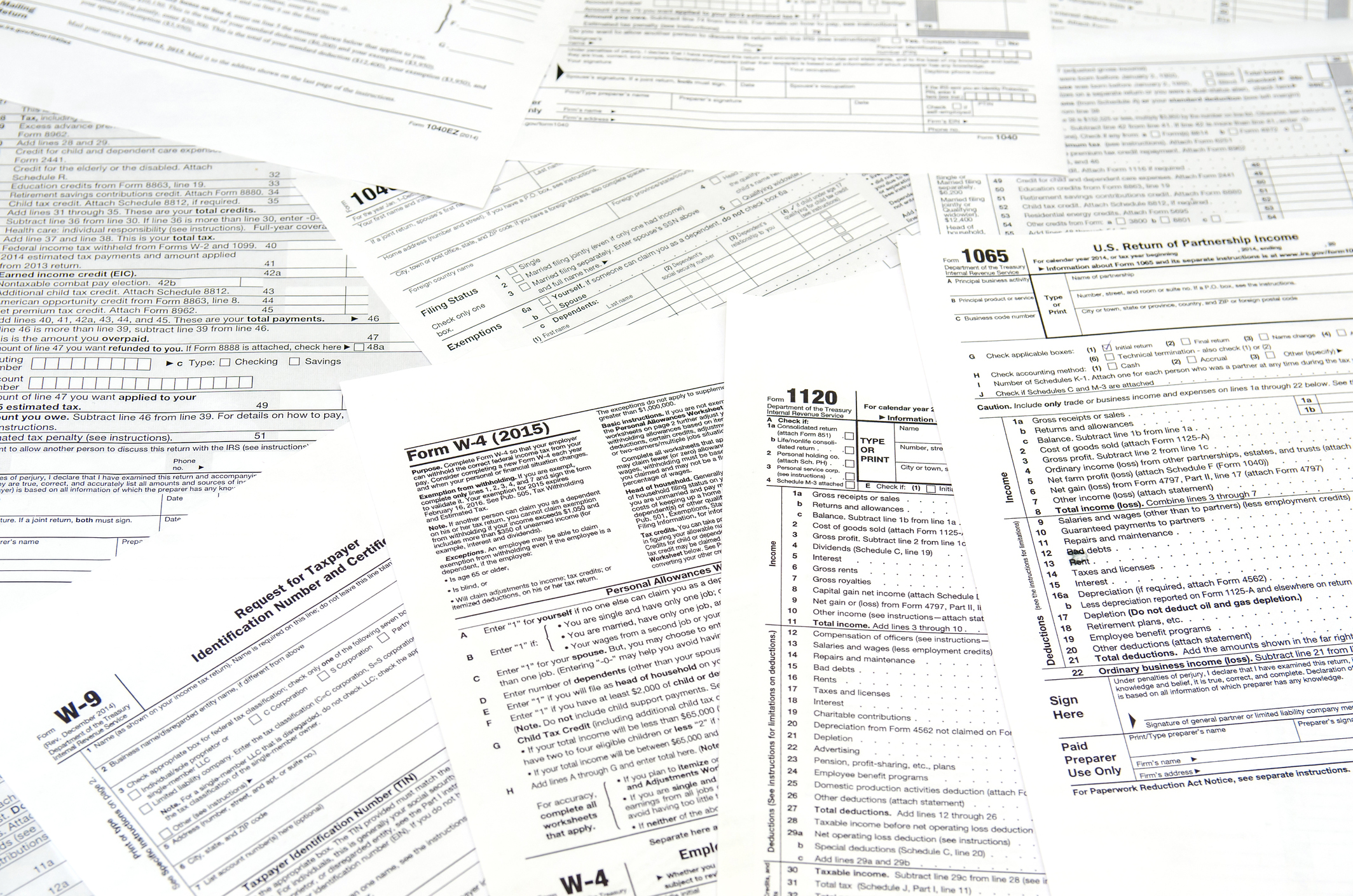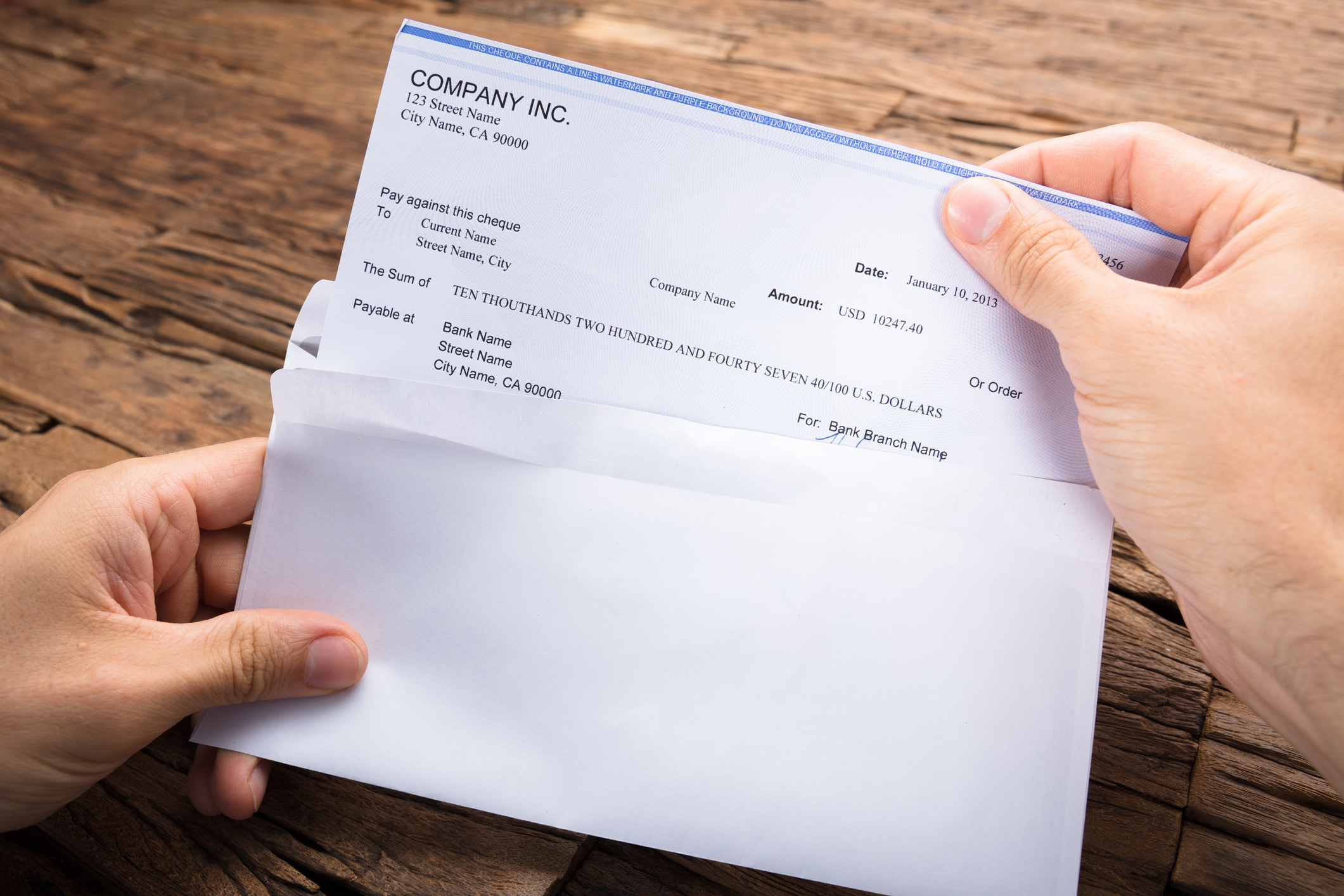Working capital is a metric used to measure a company's financial health. It's also a metric that investors can follow closely to understand the evolution and future prospects of the company they are considering investing in.
A company's working capital is simply the difference between its current assets and current liabilities.
Working capital = current assets – current liabilities
Another way of looking at practically the same thing is to consider the current ratio. This is simply current assets divided by current liabilities. A positive working capital number implies a current ratio above 1. The current ratio is helpful because you can monitor it to gauge the ongoing trend in a company's financial health; a rising number indicates improving working capital.

Current assets and current liabilities
Before going any further, let's define current assets and current liabilities.
Current assets = cash and equivalents + inventory + accounts receivable
Current liabilities = accounts payable + current taxes payable + current debt payable + current wages and expenses payable
Clearly, holding more current assets than current liabilities implies a company won't have any problem meeting its short-term liabilities. That implies a company won't have any liquidity issues and is financially healthy. In other words, it can meet its daily expenses and run the business effectively.
Net working capital
One way to measure working capital's impact on the business's cash flow is by looking at something called net working capital.
Net working capital = current assets (minus cash) – current liabilities (minus current debt)
By stripping cash and current debt from the equation, investors can see whether working capital movements are taking cash out of a business or contributing to it.
Related investing topics
Understanding working capital
All told, working capital and the current ratio need to be understood in the context of the business model in question. A higher working capital figure and a rising current ratio are often good to see. On the other hand, if it's too high, particularly when measured against its peers, it can indicate an inefficient use of cash.


















